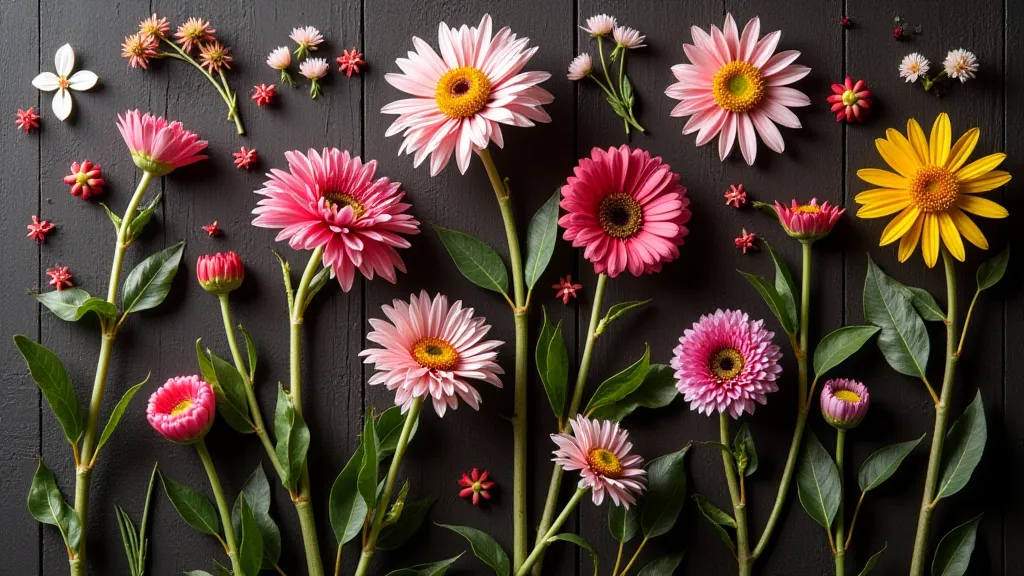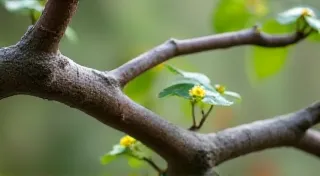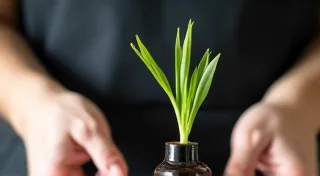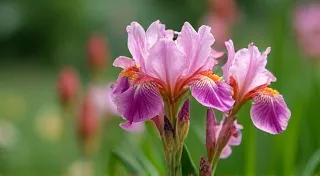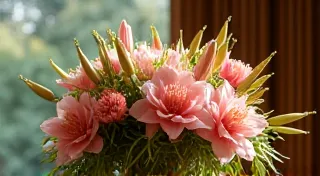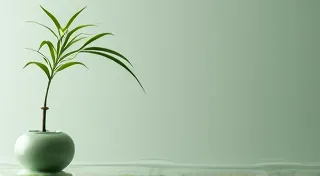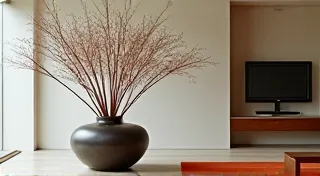Understanding the Symbolism of Flowers in Ikebana
Ikebana, the Japanese art of flower arranging, is far more than just placing flowers in a vase. It's a deeply spiritual practice rooted in centuries of tradition, and each element, from the container to the placement of a single leaf, carries meaning. A crucial aspect of understanding Ikebana is appreciating the symbolism inherent in the flowers and plant materials used. This article will delve into the common symbolic meanings behind some frequently used flowers, allowing you to infuse your arrangements with intention and beauty.
Beyond Aesthetics: The Depth of Ikebana Symbolism
Japanese culture, in general, values symbolism and often assigns layers of meaning to natural elements. This philosophy extends directly to Ikebana. Flowers aren’t just chosen for their visual appeal; their historical, cultural, and philosophical significance play a vital role in the overall message conveyed by the arrangement. The symbolism can represent seasons, emotions, relationships, or even abstract concepts like harmony and balance. While interpretations can be nuanced and vary among schools and practitioners, there are core meanings that are widely recognized.
Common Flowers and Their Symbolic Meanings
Let's explore some of the most frequently used flowers in Ikebana and what they traditionally symbolize. Keep in mind that context within the arrangement will also influence the ultimate interpretation.
Pine (松 – Matsu)
Pine is a cornerstone of Ikebana and represents longevity, steadfastness, and resilience. Its evergreen nature symbolizes enduring strength, especially in the face of adversity. It's often included to express wishes for a long and prosperous life. Its upright posture evokes strength and dignity.
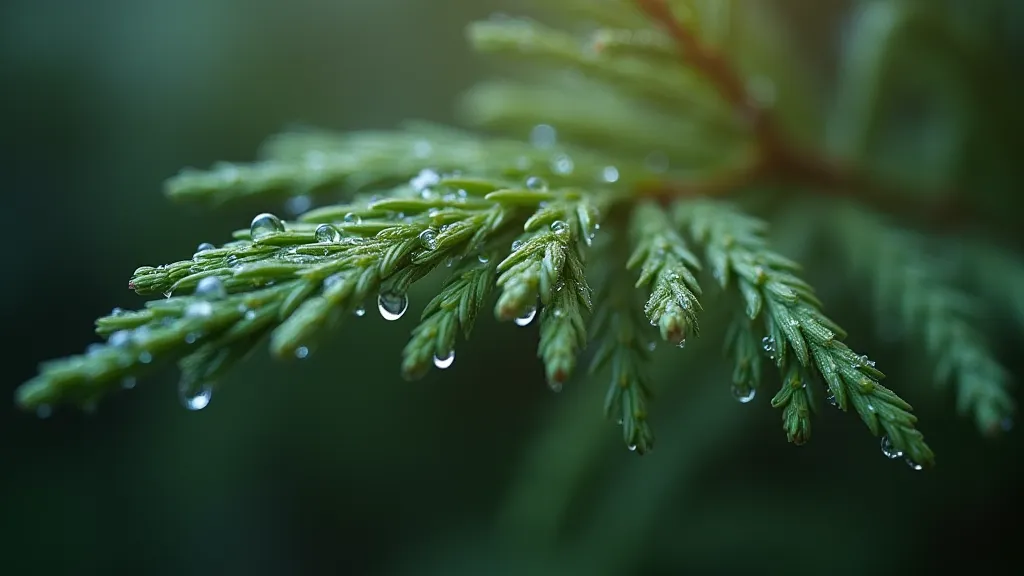
Chrysanthemum (菊 – Kiku)
The chrysanthemum holds a place of immense respect in Japan, historically associated with the Imperial family. It represents longevity, rejuvenation, and joy. Different colors hold varying meanings; white signifies innocence and purity, while red symbolizes boldness and passion.
Bamboo (竹 – Take)
Bamboo symbolizes uprightness, flexibility, and perseverance. It bends in the wind but doesn't break, reflecting the ability to adapt to challenges while maintaining integrity. It also embodies a sense of humility and grace.
Plum Blossom (梅 – Ume)
The plum blossom is the first flower to bloom in spring, signifying renewal, hope, and perseverance through hardship. It's a powerful symbol of beauty emerging from the depths of winter, and it often represents a new beginning.
Cherry Blossom (桜 – Sakura)
While famously known for its beauty, the cherry blossom also represents the fleeting nature of life – mono no aware. It encourages appreciation for the present moment and acceptance of impermanence. Its delicate beauty makes it a deeply moving symbol.
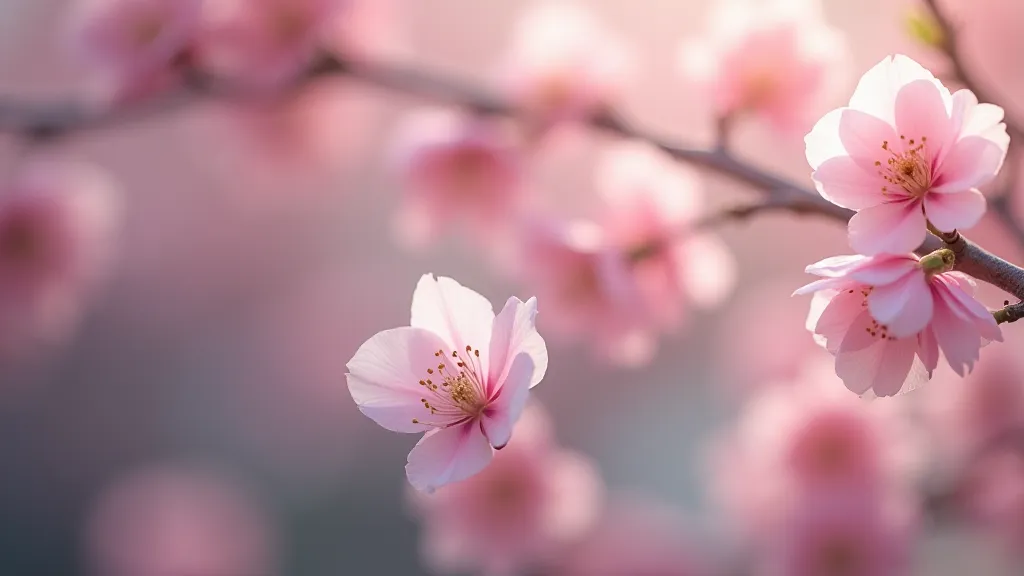
Iris (菖蒲 – Ayame)
Iris represents courage, respect, and wisdom. It’s also associated with the military and represents loyalty and strength. Their elegant form adds a sense of sophistication to an Ikebana arrangement.
Incorporating Symbolism into Your Ikebana
Understanding the symbolism is just the first step. The true artistry lies in thoughtfully incorporating these elements into your arrangement. Consider the overall message you want to convey. Are you celebrating a special occasion? Expressing sympathy? Or simply aiming for a sense of peace and tranquility?
Don't feel pressured to include symbolic flowers in every arrangement. Sometimes, the beauty of simplicity is most powerful. However, when you do choose to incorporate symbolic meaning, do so with intention and respect for the tradition.
Further Exploration
The world of Ikebana symbolism is vast and nuanced. This article has only scratched the surface. Further research into the specific schools of Ikebana and their unique interpretations will provide even greater insight into the profound artistry of this traditional Japanese art.
